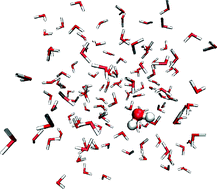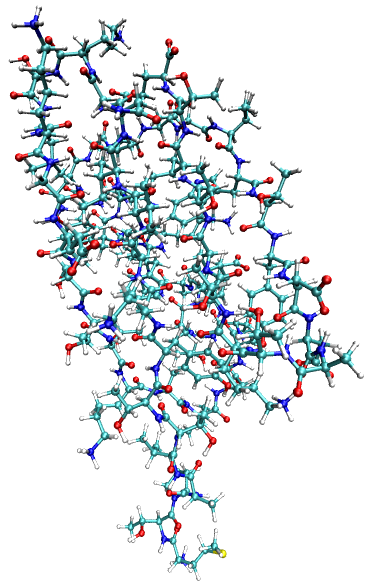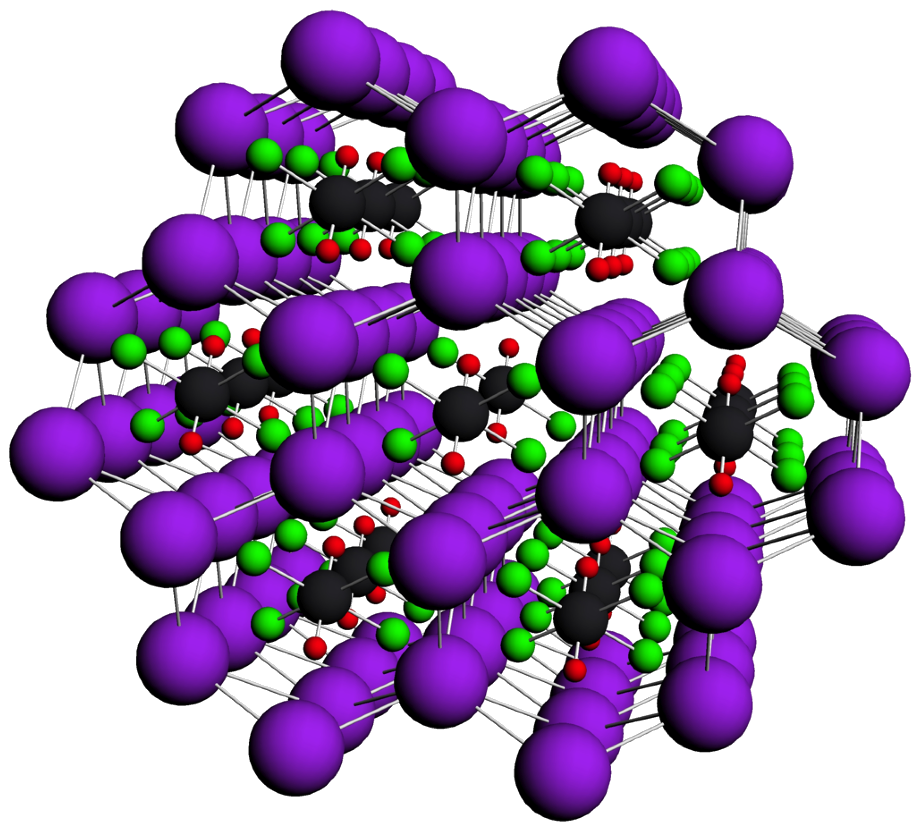C3.13: Young Scientist Group “Theoretical Chemistry": Quantum Chemistry for Nanostructures
Subproject Leader: Christoph Jacob
Quantum Chemistry for Nanostructures
The main goal of the CFN Young Scientist Group “Theoretical Chemistry” (subproject C3.13) is the development of quantum-chemical methods for the treatment of both molecular nanostructures and nanostructures on surfaces. Such systems commonly comprise hundreds to ten-thousands of atoms and are thus very large from the perspective of quantum chemistry. Yet, the special properties of nano-sized systems usually preclude a classical description and require an explicit quantum-mechanical treatment of the atomistic details. Even with density-functional theory (DFT), which is the only quantum-chemical method that can possibly be applied to systems of this size, only simplified model systems can be handled. However, it is currently impossible to extend such a treatment to more realistic (and thus larger) systems. Furthermore, if the accuracy of DFT is not sufficient, there is no possibility to systematically improve the theoretical description because applying more accurate wave-function theory (WFT) based methods is not feasible.
Quantum Chemical Subsystem and Embedding Methods
Subsystem methods, in which the total system is divided into smaller subsystems, offer a way out of this dilemma. Each of the smaller subsystems can then be treated separately in the environment of the other subsystems. Such a subsystem approach offers a number of advantages. First, subsystem methods are in general more efficient than a conventional quantum-chemical treatment of the full system. Since the computational effort needed for the calculation of one subsystem is usually independent of the size of the full system, one obtains methods that naturally scale linearly with the system size. Second, from a chemist’s point of view a partitioning into subsystems provides a more natural way for the interpretation of the results since it offers a picture in terms of the chemical building blocks. Finally, subsystem approaches provide the possibility to focus on interesting parts of the system, yielding embedding methods. Since the subsystems are treated individually, it is possible to employ a more accurate treatment only for one or a few selected subsystems of interest.
Extending Subsystem Methods to Covalent Bonds
One realization of such a subsystem approach is the frozen-density embedding (FDE) scheme within DFT [1]. This DFT-in-DFT embedding scheme has until now mainly been applied to weakly interacting subsystems, for instance for studying solvent effects on molecular properties [2]. The reason for this limitation is the need to use approximations for the kinetic-energy component of the embedding potential in this scheme. However, a subsystem description of molecular nano-structures and of nanostructures on surfaces requires the possibility to treat covalent bonds between subsystems. Therefore, one important goal of the research in subproject C3.13 is the extension of the FDE scheme to such situations [3].
Zooming In: WFT-in-DFT Embedding
Often, the accuracy of DFT is not sufficient, in particular if the molecules or nanostructures of interest contain transition metals. Although it is for large systems usually not feasible to employ more accurate WFT methods for the full system, embedding methods make it possible to zoom into the important parts and to selectively improve the accuracy for the subsystems of interest. To achieve this, the FDE scheme can be extended to WFT-in-DFT embedding [4]. The implementation of such WFT-in-DFT embedding methods, that requires software tools for glueing together different program packages [5], as well as the development of improved schemes that do not rely on approximations for the kinetic-energy is currently ongoing.
References
| [1] | Ch. R. Jacob, “Frozen-Density Embedding”, PhD thesis, Vrije Universiteit Amsterdam (2007) |
| [2] | Ch. R. Jacob, J. Neugebauer, L. Jensen, and L. Visscher, Phys. Chem. Chem. Phys. 8, 2349-2359 (2006) |
| [3] | S. Fux, Ch. R. Jacob, J. Neugebauer, L. Visscher, and M. Reiher, J. Chem. Phys. 132, 164101 (2010) |
| [4] | A. S. P. Gomes, Ch. R. Jacob, and L. Visscher, Phys. Chem. Chem. Phys. 10, 5353-5362 (2008) |
| [5] | Ch. R. Jacob et al, J. Comput. Chem., 32 (2011), 2328-2338) |
List of Publications 2006-2011 as PDF
Subproject Report 2006-2010 as PDF


